How old? How about a laptop shipped in 2000, a Dell CPx H450GT:
Obviously this is from before I started my current job… One of the benefits of my current job is being able to verify soon after RTM that the Windows 7 bits you can obtain “out there†have not been messed with. Anyway, let’s see how it looks:
There’s no display driver for this system’s ancient ATI Rage Mobility M1, so it runs in standard 800*600. Thus the black frame inside the physical bezel. On to the desktop:
No sound driver, either. I think it’s an ESS Maestro 2 or something. I haven’t really spent a lot of time looking for drivers. This system used a Xircom RBEM56G-100 multifunction Ethernet/Modem CardBus card for network connectivity, and as you can see there’s also no driver for that (“x†over the network icon in the notification area.)
Okay. On to some system specs:
A 450 Mhz Pentium III. 256 MB RAM. Naturally, Windows 7 wouldn’t normally install on something as low end as this, but there are ways around that. They involve making a bootable USB drive, copying the Windows 7 install files onto it and then messing a little with a hex editor and winsetup.dll.
Now the most interesting part: actual performance of the system:
Not too shabby. Only 28 processes and it’s able to run with 256 MB with 87 MB Available. The processor curve looks pretty normal too. Mind you, this thing probably won’t be able to run much else than a browser, but since I didn’t look for network drivers I don’t have Internet access from this system anyway.
Well, there you have it. A really old laptop, running Windows 7. Pretty cool. Great job, Microsoft!
I was going to try this on two other systems I have lying around (collecting dust) as well, but one of them failed with an ACPI Stop error 0x000000A5 (0x0001000B, 0x50434146,…) which, after some digging, turned out to mean that the BIOS on this system didn’t follow the ACPI specs of the FACP table. More digging into the BIOS showed that the length entry in the table (and the table length itself) is supposed to be longer than it is, although it actually is as long as the table entry says. The other system is so old that it doesn’t have the ability to boot from USB, and the CD drive is unable to read CD-R discs, so it’s more trouble than it’s worth. It’s only got a PII 400 MHz and 192 MB RAM, too. That would be really interesting to see running Windows 7.
So, maybe Windows 7 really can breathe new life into old hardware. This may be a little extreme, but anything from within the last five years should probably do just fine. If it follows the ACPI specs and can boot from USB or CD/DVD, that is.
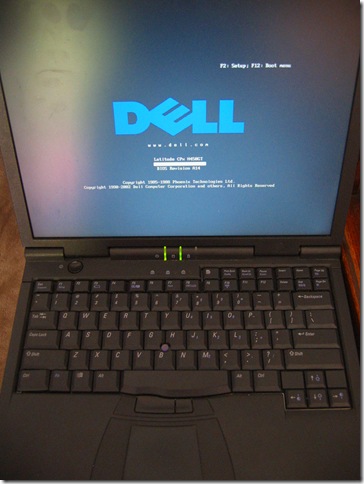
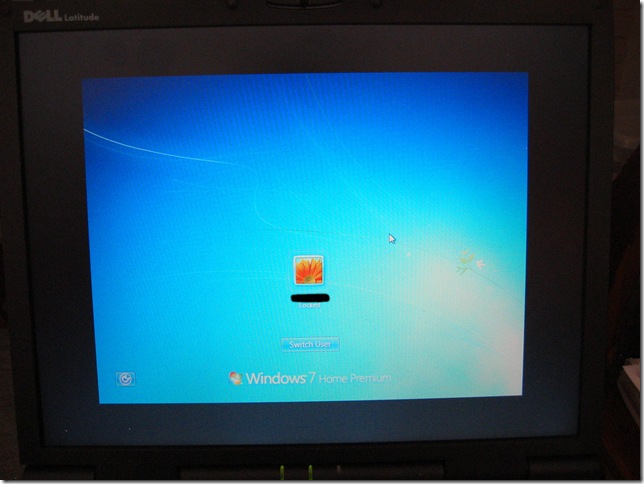
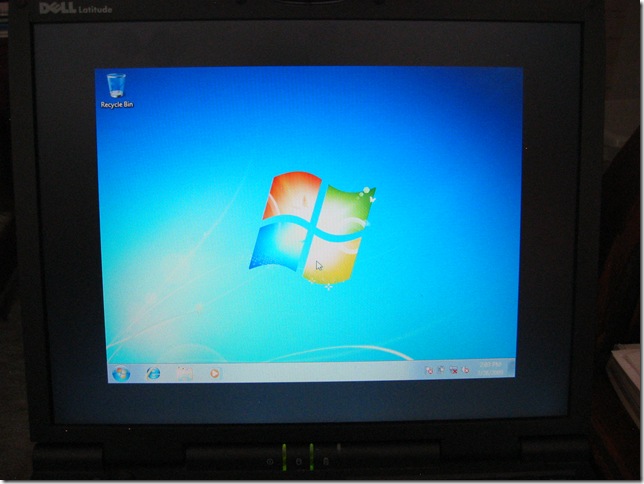
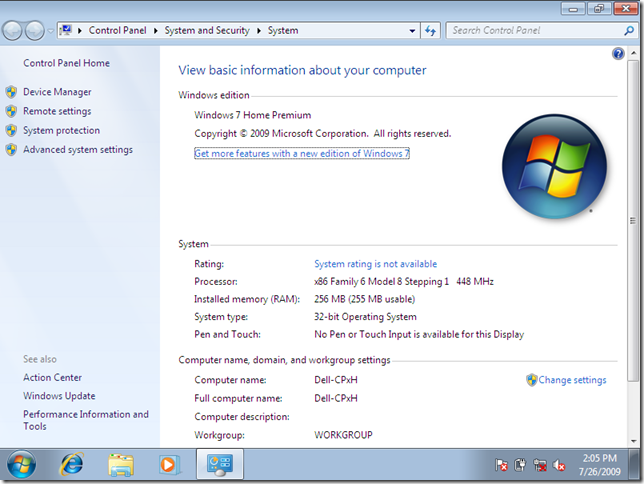
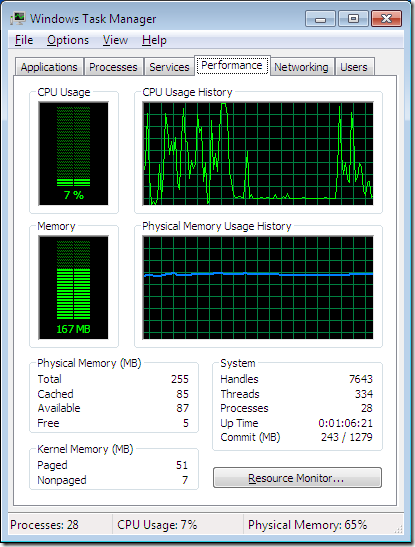
Pingback: GeekTieGuy » Microsoft also had an OS code-named “Tiger”: OS/2 1.3
Bill